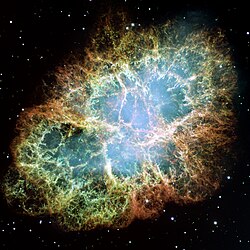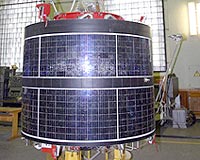How to become an astronomer?
Every one looks at sky and ask himself: " What are those shiny points?"
Are you an avid stargazer? Do you have a keen interest in all things related to space? If so, you might be wondering how to become an astronomer.
Astronomy careers , astronomer , astronomy jobs online
This is an ancient question. If you like to know stars, you are ready to become an astronomer.
Astronomy is a very exciting and challenging subject which include many of the other aspects of science such as physics, mathematics, chemistry and geology, and, more recently, even paleontology and biology.
Who is astronomer?
An astronomer is a scientist or amateur person who studies the nature of stars, galaxies and planets. To become an astronomer you must earn a doctorate (Ph.D.) and have expert knowledge of physics, mathematics and computer science. In spite of the tough prerequisites, the competition for jobs in this field is intense.
Astronomy is a field in which anyone can participate and even make useful discoveries! Amateur astronomers, often using only a pair of good binoculars, have discovered numerous comets. By using more powerful telescopes, amateur astronomers have discovered novae and supernovae. Many people build their own telescopes and observatories to study and photograph objects in the universe. Astrophotography has become a very popular and enjoyable hobby. Also, anyone with a computer can now participate in SETI's search for life in the universe. So far about two million people have participated. Below are some links to useful sites for anyone interested in amateur astronomy.
If you like to become an astronomer just follow us here!


.gif)





